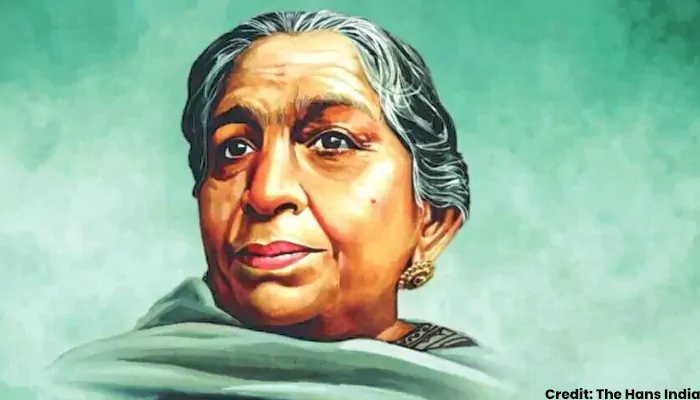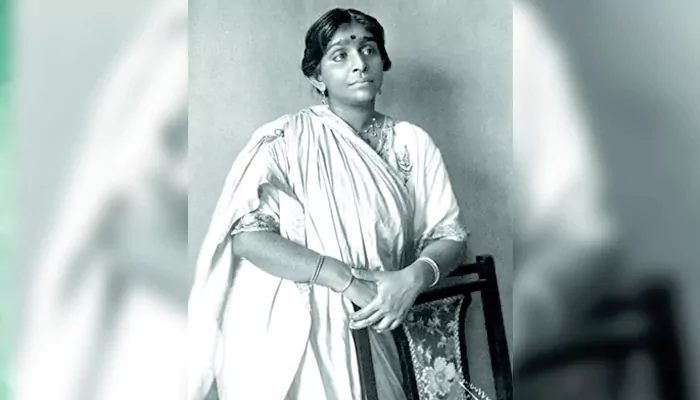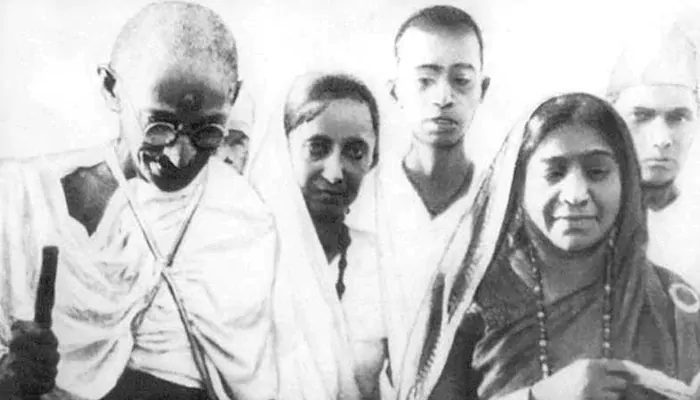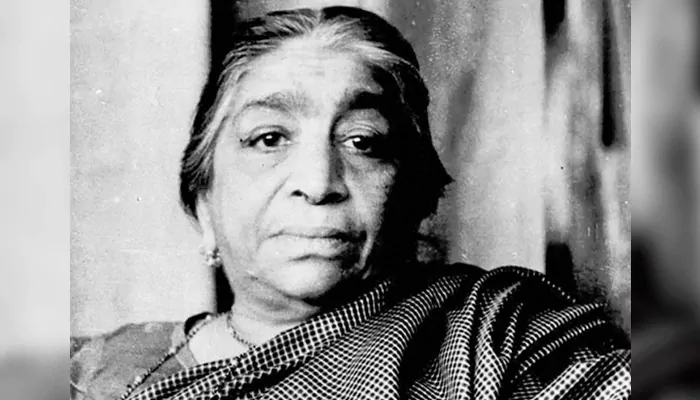
From lyrical verses to fiery speeches, Sarojini Naidu transformed poetry into power, rising as one of India’s most formidable voices for freedom and governance
Most remember Sarojini Naidu as the Nightingale of India—a gifted poet whose verses danced with colour and cadence. But behind her lyrical legacy lay the mettle of a revolutionary. Born in Hyderabad in 1879 into a Bengali Brahmin family, Naidu would go on to defy societal norms, challenge British authority, and help shape India’s democratic future.
She was no passive observer in the national movement. A child prodigy in both language and intellect, she published her first collection, The Golden Threshold, at just 19. But it was not only through poetry that she sought to stir the soul—her true artistry lay in moving a nation to its feet.
Naidu’s political awakening occurred through her close ties with leaders like Gopal Krishna Gokhale and later, Mahatma Gandhi. Inspired by the freedom struggle, she abandoned a tranquil literary reputation and immersed herself in the nationalist movement. She became the first Indian woman to preside over the Indian National Congress in 1925—a significant achievement in an era when female political involvement was uncommon.
Her voice became a mighty rallying cry. Whether addressing salt satyagrahis at Dandi or challenging colonial officials, her speeches combined intellect with emotion, conviction with grace. She was arrested several times for her activism, enduring illness, hardship, and imprisonment—but her spirit was never broken.

Credit: Tushita Tavel
Though Sarojini Naidu shared a close camaraderie with Gandhi, she was not a silent follower. She often challenged his decisions with wit and candour. During their shared imprisonment at Aga Khan Palace in 1942, she became a maternal figure—“Amma Jan” to many, including Gandhi himself.
Even in those bleak months, Naidu ensured morale remained high. She supervised meals, made soup from vegetable scraps, and insisted on dignity amidst deprivation. Her health deteriorated in prison, yet she refused early release, choosing solidarity over comfort.
Her commitment was not performative; it was principled. She shielded Gandhi during his 21-day fast, regulated visitors, and maintained the movement’s morale, proving that political resistance is as much about emotional resilience as strategic planning.

(Credit: Seema )
In 1947, when India gained independence, Sarojini Naidu became the first woman to be appointed governor of the United Provinces (now Uttar Pradesh). This was not merely symbolic. Her decades of activism had refined a leadership style that was both inclusive and incisive.
She played a crucial role in shaping state governance during a time of national transition. Known for her warmth and eloquence, she used both qualities to build bridges between diverse communities, mediate tensions, and promote a sense of unity in the newly independent republic.
Sarojini’s personal life was as daring as her politics. At 19, she married Dr Govindarajulu Naidu, a South Indian non-Brahmin—a union that challenged the strict caste norms of the era. Their marriage was genuinely a partnership, with him supporting her literary ambitions and political pursuits, while she balanced family responsibilities with public service.
Their daughter, Padmaja Naidu, later became a freedom fighter and governor herself, demonstrating that Naidu’s legacy was carried forward both through blood and conviction.

(Credit: uniquelytelangana)
Sarojini Naidu’s life serves as a lasting example of public service grounded in sincerity. She blended poetry with politics, resistance with elegance, and femininity with bravery.
She demonstrated to India that when wielded with purpose, words can be as formidable as any sword.